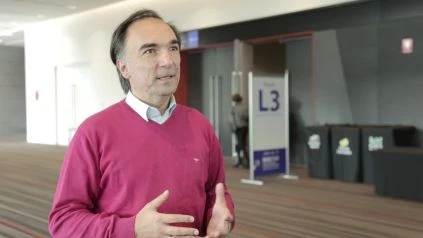Alex Molassiotis, RN, MSc, PhD of The Hong Kong Polytechnic University, Hong Kong discusses focus on nausea and vomiting together, making new developments, drugs and risk models. There is a recent realization that although vomiting can be managed quite well, nausea is becoming a bigger problem. There is now a refocus on efforts to better understand nausea. Despite very little known about nausea due to its connection with vomiting, it has been realized that the pathophysiology behind nausea differs. The reasons patients develop nausea may also be different and beyond just the chemotherapy or treatment they receive. Dr. Molassiotis mentions a huge increase in industry investment over the past 10-15 years, towards identifying new pathways, receptors and medications with an improved approach for managing nausea. The 5-HT3 receptor antagonist introduced in the early nineties, changed the picture completely for nausea and vomiting. In the last decade the NK1 receptors pathway was also identified, with the development of antagonists. The third NK1 receptor was introduced into the market last year, focusing more around nausea compared to the 5-HT3 alone. The progress over the past two decades has significantly decreased the number of patients experiencing vomiting from the vast majority of them to 10-15%, however, there is still a significant amount of patients experiencing nausea. Recorded at the Multinational Association of Supportive Care in Cancer (MASCC) and International Society of Ocular Oncology (ISOO) 2016 Annual Meeting on Supportive Care in Cancer held in Adelaide, Australia.
Advances in nausea and vomiting treatment

